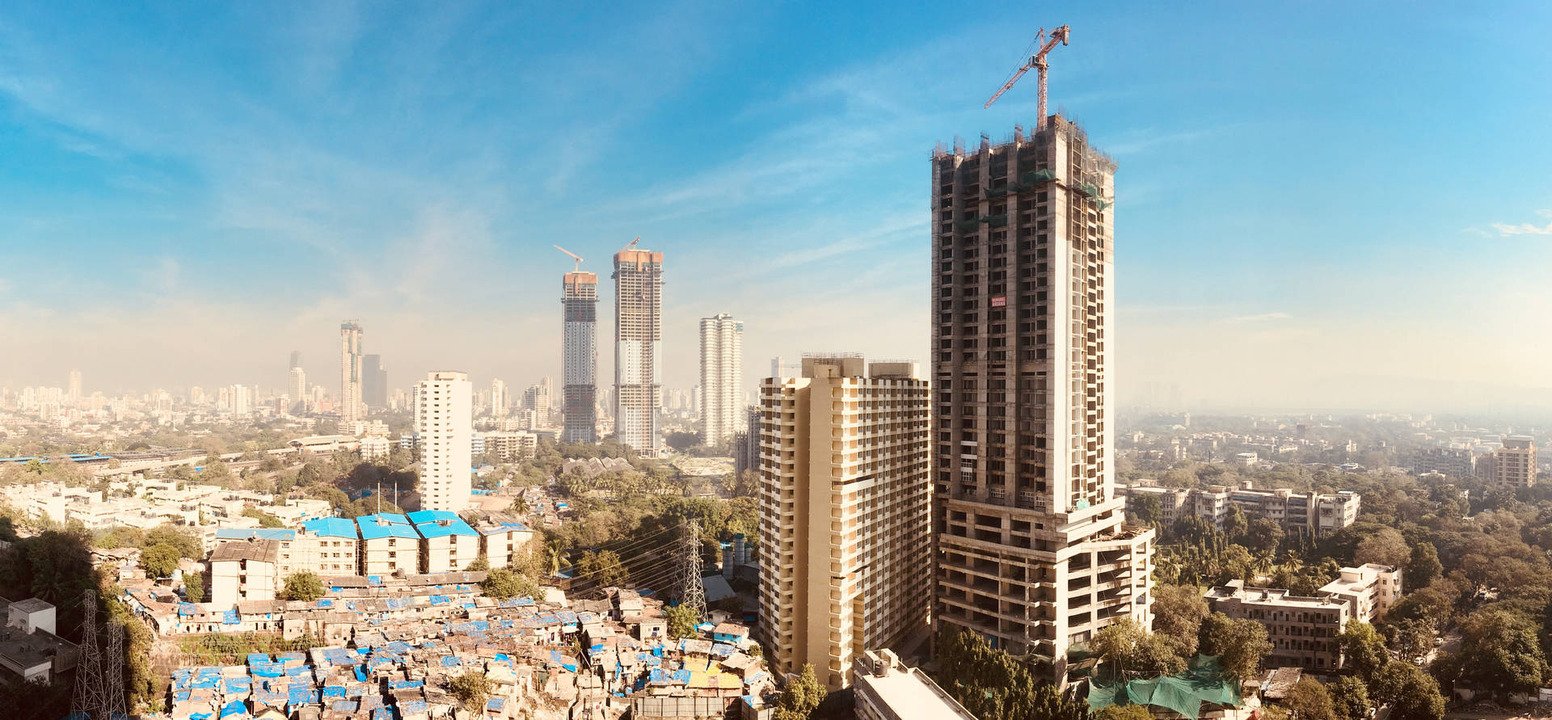In a shocking revelation that underscores the deepening urban housing crisis in India, a new analysis shows that even the wealthiest 5% of urban households in Maharashtra would need to save for 109 years to afford an average-sized house in Mumbai. The finding highlights a staggering mismatch between household incomes and property prices in India’s most aspirational city, and calls into question the long-term sustainability of current real estate trends.
109 Years to Buy a Home: The Startling Math
The study, based on National Housing Bank (NHB) data, uses a simple but alarming formula. It compares the income of the top 5% of urban earners with the average cost of a 110 square metre (1,184 sq ft) home in Mumbai.
Here’s how the numbers stack up for Maharashtra:
- Top 5% MPCE (Monthly Per Capita Consumption Expenditure): ₹22,352
- For a 4-member family: ₹89,408/month or ₹10.7 lakh/year
- Estimated Annual Savings (30.2% national gross savings rate): ₹3.2 lakh
- Cost of a 1,184 sq ft home in Mumbai (@ ₹29,911 per sq ft): ₹3.54 crore
- Total Years to Save: ₹3.54 crore ÷ ₹3.2 lakh = 110.6 years
Even with disciplined saving and no other expenditures, it would take over a century for these households to afford a home—making Mumbai arguably one of the most unaffordable housing markets in the world.
Not Just Mumbai: Gurgaon, Bhubaneswar Also Severely Unaffordable
Mumbai may be the worst offender, but it’s not alone. The study reveals similarly grim affordability scenarios in other Indian cities:
- Gurgaon (Haryana): 63 years of savings needed
- Bhubaneswar (Odisha): Over 50 years
- 10 of 21 cities studied: Require more than 30 years of saving by the top 5% earners to afford a standard home
“This is not just a low-income housing problem anymore,” said a senior housing economist who worked on the analysis. “Even India’s urban elite, excluding the ultra-rich, are being priced out.”
Some Bright Spots: Chandigarh, Jaipur Still Manageable
Among the 21 state capitals for which NHB data is available, a few cities offer a glimmer of hope:
- Chandigarh: 15 years of savings required
- Jaipur: Just under 20 years
These cities appear to still maintain a balance between real estate prices and household income—though observers warn that unchecked urbanisation could quickly erase that advantage.
Mumbai’s Affordability Crisis: What Went Wrong?
Several factors have contributed to Mumbai’s dire affordability ratio:
- Limited land availability and restrictive zoning laws
- High stamp duties, registration fees, and other transaction costs
- Lack of supply in the mid-income housing segment
- Continued speculative investment, keeping prices artificially high
- Minimal increase in real wages, particularly in the middle class
Real estate in Mumbai remains a preferred investment tool, with builders and buyers often prioritising appreciation over actual use. This speculative behaviour has pushed ownership out of reach for the very people who keep the city running—teachers, healthcare workers, IT professionals, and small entrepreneurs.
The Bigger Picture: Structural Fault Lines in Urban Housing
The report reflects deeper structural problems in India’s urban housing ecosystem:
- The national 30.2% gross savings rate is misleading when measured against exorbitant home prices
- Income inequality continues to grow, with a small section owning multiple properties while a vast majority cannot afford even one
- Rental housing remains underdeveloped and offers low yields, discouraging private-sector investment
- The so-called “missing middle” is neither eligible for low-income housing subsidies nor able to afford market-rate homes
“Housing policy in India has been narrowly focused on the poor. But now we are witnessing a collapse of affordability across the board,” said a senior analyst from the Housing and Land Rights Network.
What Can Be Done?
Experts are calling for immediate reforms to reverse the affordability slide:
- Zoning and Floor Space Index (FSI) reforms to improve land-use efficiency
- Tax incentives for builders constructing mid-income homes
- Expansion of rental housing policies to create viable alternatives to ownership
- Implementation of a reliable affordability index to guide urban development policies
A Generation Locked Out
The report paints a grim future for India’s young urban professionals. Despite being well-educated and gainfully employed, many now face the reality that home ownership—once a basic middle-class aspiration—is now out of reach for their entire lifetimes in cities like Mumbai.
Unless sweeping policy interventions are made to address income stagnation, speculative pricing, and skewed land economics, urban home ownership in India’s top metros may remain a luxury reserved for the ultra-rich.







